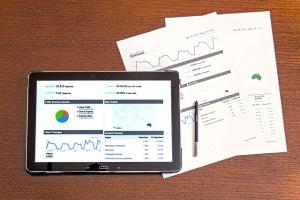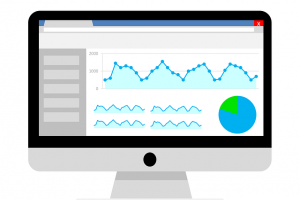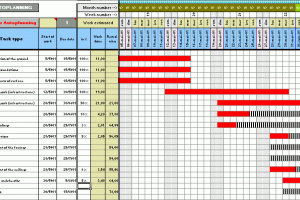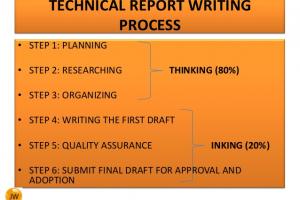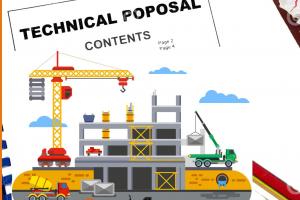How to Write a Research Proposal - Download Proposal Template
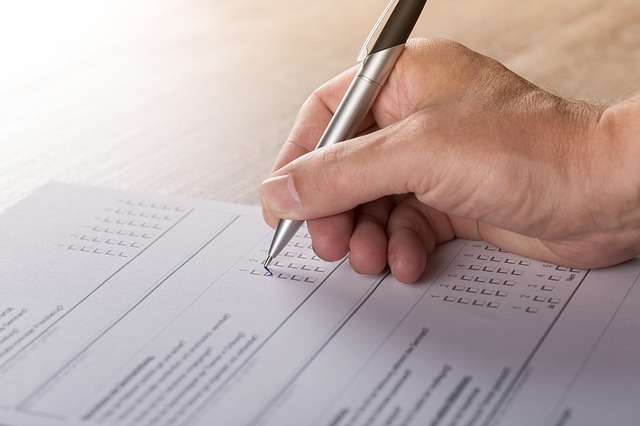
Congratulations on fulfilling your requirements for the application of your research proposal, this phase should be completed in a timely manner to ensure that you can get on with your research and thesis writing.
The research proposal is your opportunity to plan your research project and present this plan to your department’s Project Research Evaluation Committee (PREC) to convince the PREC and the university that the research has merit and should be supported.
In order to have a clear understanding of your research proposal it is essential that the proposal be written in plain language, brief, defining technical terms and not assuming any prior knowledge of the research committee.
The proposal will proceed to the faculty postgraduate research committee for consideration and approval. Sometimes revisions will be requested before the proposal can be finally approved. Do not be discouraged by this. Critical peer review is a normal part of the academic process and does not imply that you do not have the ability or your research will not be successful. It is simply a way of ensuring that the foundations for your research are as sound and strong as possible. Comments received from the committee need to be reflected in amendments or redrafting as agreed with them.
We aim to ensure that you complete your thesis with the minimum of amendments and the most positive assessment by examiners. Approval of your research proposal is the first step on the journey to achieving an excellent outcome from your research leading towards the award of a degree in the relevant field. Below is the detail of how to write a research proposal:
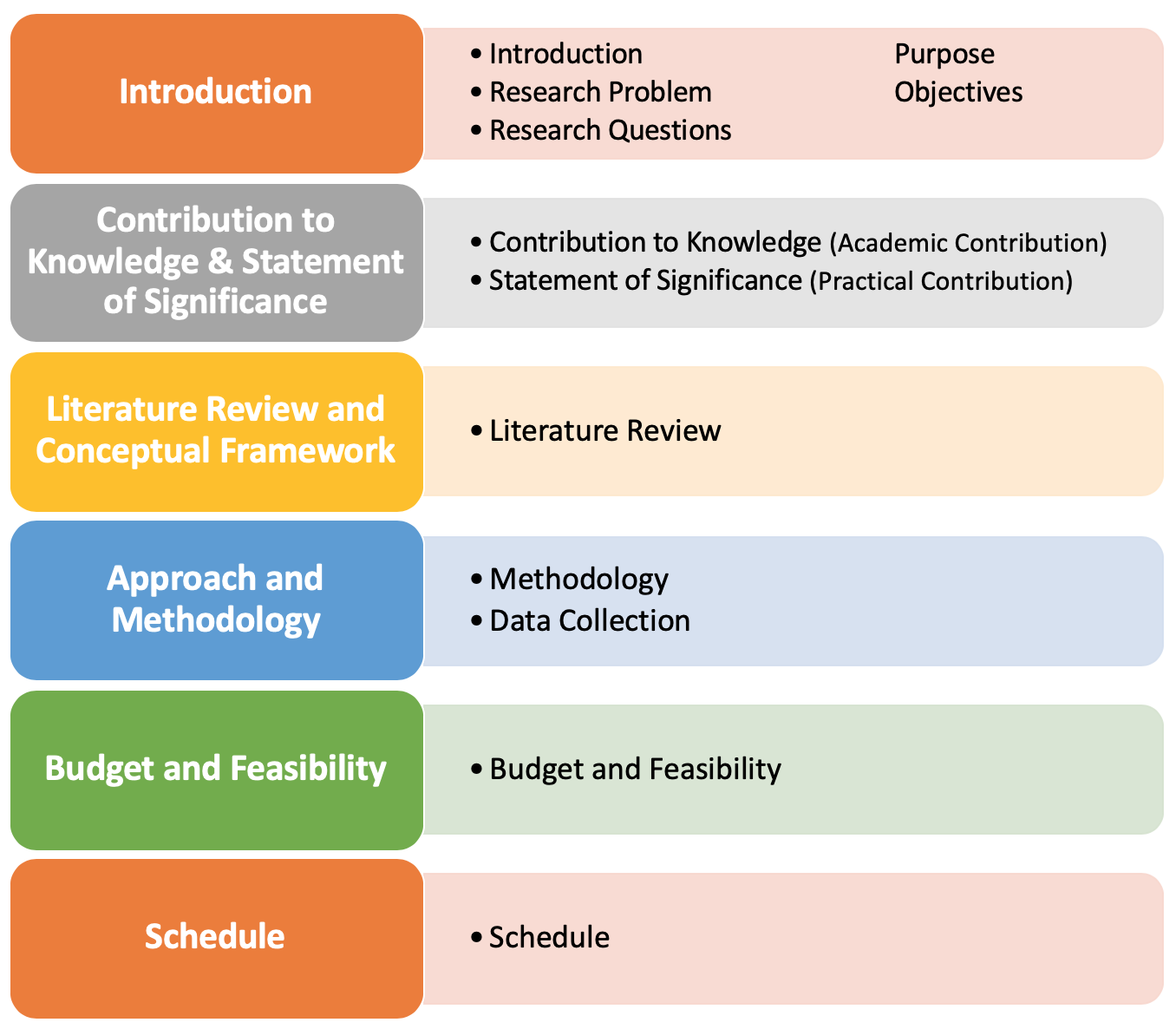
Section 1
Introduction
The introduction could be 1 page in length. Here, give a brief contextual background to your study. Set the stage for your study. Briefly tell us why this study should be done. Use the proper referencing techniques. In the introduction, you should use evidence (facts, figures, and works by other authors) to convince us that your chosen research topic is:
- Relevant
- Not already over-researched
- Feasible (in terms of scope, resources, and a time frame)
Research problem
The research proposal should demonstrate the relevance of the proposed study to the field of research. Clearly articulate why the topic is important, what gaps it fills in existing knowledge, and how it addresses current issues or challenges. What is the problem arising from your background given above? The research problem is your compass for the rest of the steps to follow. For example, The research problem is to investigate the causes and consequences of caregiver burnout. This should be one or two paragraphs.)
Purpose of the study
Clearly articulate the purpose of the study, which is the overall goal or objective. Describe what the study aims to achieve and how it will contribute to the existing knowledge or fill the identified research gap. Why is this study being undertaken? What is the possible contribution of this study - scientific, policy, program, or practical contribution?
Objectives of the study
Outline specific objectives that the study aims to accomplish. These objectives should be measurable and achievable, addressing different aspects of the research problem. They help guide the research process and provide a clear focus for the study. If your study is predominantly quantitative, you will suggest hypotheses here. If your study is qualitative or more exploratory and descriptive, you will formulate broad objectives. List a few objectives
Research Questions
Formulate specific research questions that align with the research problem and objectives. These questions should guide the data collection and analysis, and they should be answerable through the proposed research methods. Use your objectives to formulate research questions. For each objective, there should be a corresponding question.
SECTION 2: CONTRIBUTION TO KNOWLEDGE & STATEMENT OF SIGNIFICANCE
This section should comprise 1 page at the most.
Contribution to Knowledge (Academic Contribution)
Highlight the potential academic contribution of the proposed study. Explain how the research findings will add to the existing body of knowledge, theory, or practice within the field. Emphasize the significance and potential impact of the research outcomes. Explain the benefits of the research in terms of generating new knowledge that can be disseminated to the academic community and more broadly. Explain the benefits of the research for the community or a particular section of the community, such as industry.
Statement of Significance (Practical Contribution)
Describe how the research is significant and whether the research addresses an important problem in the field of knowledge and the relationship of the proposal to work in the field generally.
SECTION 3: LITERATURE REVIEW AND CONCEPTUAL FRAMEWORK
Literature Review
Provide a comprehensive review of relevant literature related to the research problem. Summarize key studies, theories, and concepts that are pertinent to the proposed research. Demonstrate an understanding of the current state of knowledge and identify gaps that the study intends to address.
The purpose of the literature review is to identify what past research has been carried out and how it bears on your research problem. The literature review also introduces the theoretical framework for the study. You will need to:
- Identify theoretical/background literature relevant to the proposed area of research.
- Analyse critically the major literature items you have identified.
- Indicate any gap(s) within the literature, in the knowledge or approaches to the field.
- Indicate how your research relates to and extends the existing literature, showing that your research topic has not been undertaken. You should be specific in your selection of literature to include.
- Finish this section with a one-paragraph summary of the “knowledge” gap you have identified.
DO NOT include literature to support the methodology of your study here. This should be discussed in Approach and Methodology.
Having critically summarised the literature, the contextual framework will identify the specific theoretical propositions behind your research, identify constructs to be investigated, and possible relationships between them. At Masters's level, the task is to conduct original research. The problem being addressed is often the prime focus and the study may be exploratory or descriptive.
The research question(s) address the aims of your study. You should ensure that there is a link here between the aims set out and that this section does not get longer than 5 pages.
SECTION 4: APPROACH AND METHODOLOGY
Methodology
Describe the research methodology and approach that will be used to conduct the study. Explain the research design, data collection methods, and data analysis techniques. Justify the chosen methodology and demonstrate how it aligns with the research objectives.
The research methodology covers the design of the research and the methodology for collecting and analyzing information. The methodology section should identify what data is intended to be collected, how it is to be gathered, and how it is to be analyzed. The proposed method(s) to be used for the study should be explained. Any sampling techniques and justification of sample size should be described and justified where appropriate. It is not necessary to include specific however, you may do so if you believe it better describes your method
The methodology should be justified in the context of the study. That is, you need to explain how and why the method is appropriate for the study; for example, if it has been used before in similar studies, or if not, how a new or different methodology illuminates the study. The method of analysis chosen should also be justified as appropriate for the study and the data collected.
You need to explain why the study is achievable; it should not be too broad or too narrow. This section should take into account the following:
- Describe the research design in a manner that enables disciplinary experts to assess its appropriateness, the scale of the research, and its feasibility.
- Justify your methodology e.g. you may describe how the study will be framed and then discuss your method in this context. Show how the method you have chosen matches the research questions and propositions or hypotheses you have generated in your conceptual framework.
Data Collection:
Detail the procedures and methods that will be used to collect the necessary data for the study. Describe any instruments or tools that will be utilized, such as surveys, interviews, experiments, or observations. Discuss how the data will be recorded, organized, and analyzed.
- Identify what data is to be collected and what data collection techniques are being used. What are their advantages/ disadvantages? If there are possible alternative techniques that are not being used indicate why (for instance, why use a survey for a particular section of the study instead of interviews?).
- How will the data be analyzed?
- Be clear about how the data will be used to address research questions, propositions, or hypotheses.
- If possible, outline different phases of your study and how the completion of one phase leads logically into the next. This should match with your timeline in Section 6
- Indicate how your study will address the aims of the project that you have identified in previous sections.
- Express how your findings can be generalized.
SECTION 5: BUDGET AND FEASIBILITY
Budget and Feasibility
Present a budget plan that outlines the estimated costs associated with the research project. Include expenses such as equipment, travel, participant compensation, data analysis software, and any other relevant costs. Ensure that the budget is realistic and feasible given the available resources.
Include a table of the different items that are to be acquired in your research. Mention cost and their quantity along with the unit rates so that the committee has a fair idea of the costs involved. In most cases, the university provides a limited budget, and items exceeding that budget should be borne by the researcher if he wants to continue with the research. There are some funding agencies also, which can fund your research but that depends on many different factors like the availability of funds with those agencies; their preference for what type of research to fund and what not; writing a good proposal, feasibility, and applicability of the research in local conditions and many other factors.
SECTION 6: SCHEDULE
Schedule
Provide a detailed timeline or schedule for the research project. Break down the research process into phases or milestones, specifying the activities and their estimated durations. This helps demonstrate the feasibility of completing the study within a specific time frame. Include a plan of expected progress in Gantt chart form.
Download MS Research Proposal Template
By organizing your research proposal under these headings, you can effectively communicate your research plan, demonstrate the significance of your study, and showcase its feasibility and contribution to knowledge.



